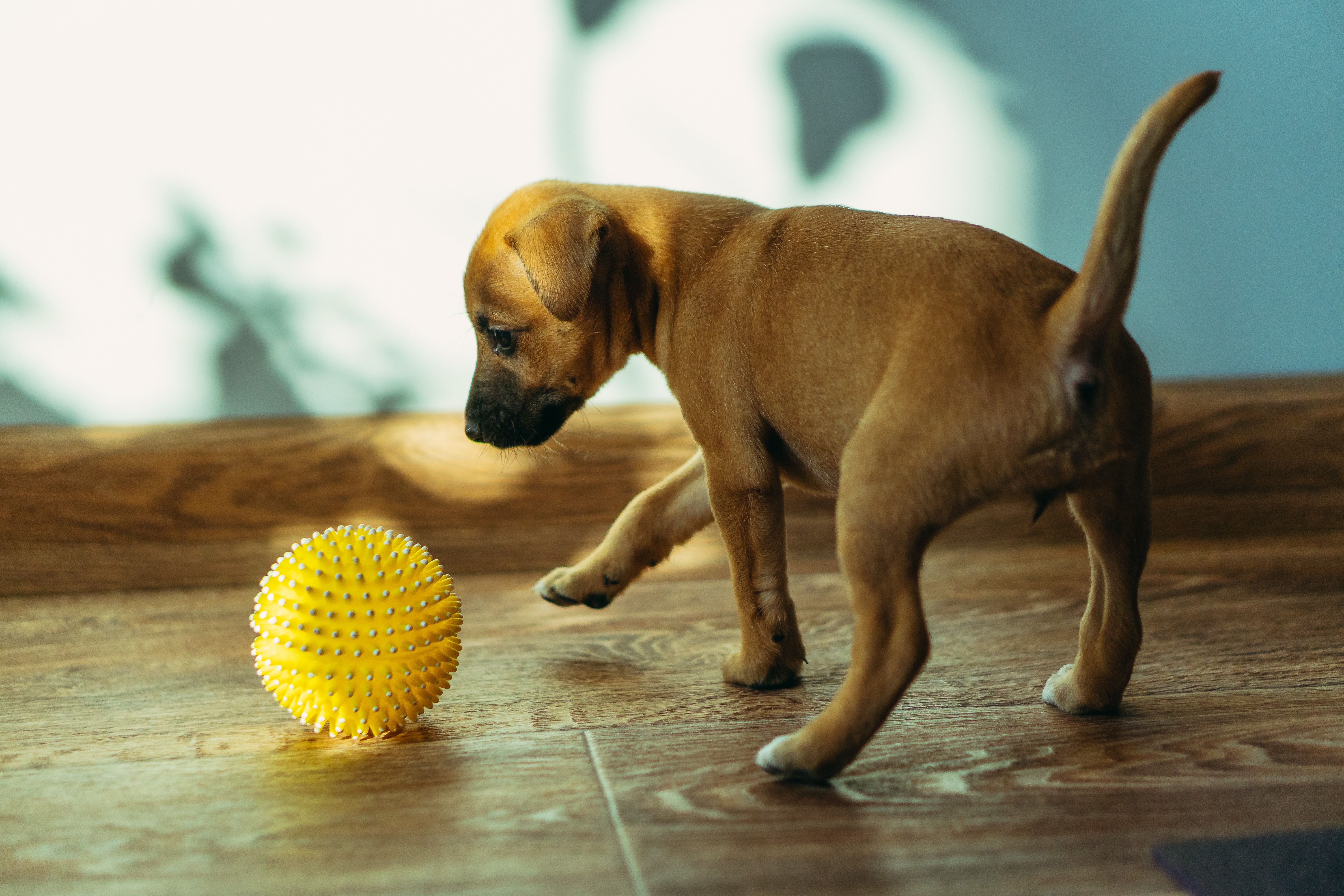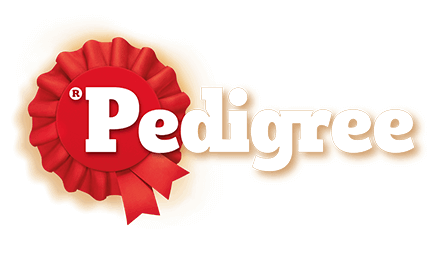Find products that match your dog’s needs

Dogs aren’t simply born with a full set of chompers, they all go through a teething process during their puppyhood. This can cause a little bit of discomfort, so you’re likely to catch your cheeky pup chewing more often than usual during this time and you may spot a few other signs too.
Understanding the timeline of a puppy’s teething stages, and what to keep an eye on, can help you prepare to help and comfort your pup as they teethe.
Just like human babies, puppies aren’t born with teeth. In their first few months of life, they’ll go through a teething process twice. This starts with a set of milk teeth (their little sharp puppy teeth), which then fall out to make room for their permanent adult teeth. By around six months old, they should have a full set of pearly whites.
There are a few different stages to the teething process. If you’ve welcomed a new furry friend into your life, it’s a good idea to learn about how their teeth are going to develop, so you know what to expect and how you can help them.
A pup’s first set of teeth will gradually start to appear from around two weeks old. The incisors (the small teeth at the front of a dog's mouth) are first to come through, followed by canine teeth (the pointy teeth on either side of their mouth) and finally, premolars and molars (their back teeth).
By the end of week six, your puppy should have around 28 milk teeth. These little chompers will usually be needle sharp, so watch your fingers!
At around 3-4 months, puppies lose their milk teeth. During this stage, their adult teeth also start to emerge. This can be a bit uncomfortable for your pup, so offer them a chew toy to gnaw on to relieve the discomfort. They may even like you softly rubbing their gums, which is a good way to prep them for tooth brushing later down the line.
By the time they reach six months old or so, your puppy should be the proud owner of a full set of 42 permanent adult teeth.
Teething can be a bit uncomfortable for your pup, especially when they lose their milk teeth and their adult teeth come through. Here are a few indicators that your puppy is teething: Red, swollen or bleeding gums - It’s normal for your puppy’s gums to be a bit sore while they’re teething, so you may notice small blood spots on toys. Excessive drooling - Sore gums may also lead to your puppy drooling more than usual, especially when chewing things. Chewing on everything - If you notice they want to chew anything and everything in sight, they could be doing this to relieve pain – this is one of the main [reasons puppies bite] things. Give them a chew toy to sink their teeth into to avoid them chewing other items. Slower or reduced eating - If their mouth hurts, they’re likely to take their time over their food or eat less. This shouldn’t stop them from eating altogether though, so if it does, speak to your vet for advice. Missing teeth - As your puppy loses their teeth, you may find them dotted around the home or they may even swallow them, which isn’t anything to worry about.
Be sure to keep an eye on your puppy as they teethe to make sure everything is looking ok. While it’s normal for their gums to bleed a little bit, you should contact a vet if you notice a lot of blood. You should also seek advice if your pup appears to be in pain, is struggling to eat or keeps pawing at their mouth. Teething can be a tad unpleasant for them, but significant pain could indicate there’s an issue.
Once your puppy’s adult teeth have come through, it’s a good idea to book an appointment with your vet for a dental check-up. They’ll check for the following things:
Teething is just one of the natural parts of your puppy’s development. As long as your furry friend has a chew toy to sink their teeth into and their teething isn’t interfering with eating, they’ll be just fine. To learn more about your pup’s development and how to keep them happy and healthy, check out the PEDIGREE Help Hub.
@2023 Mars or Affiliates.

Find PEDIGREE® dog food online at one of our retailers today!
Buy online
Click to buy from any of the retailers below


